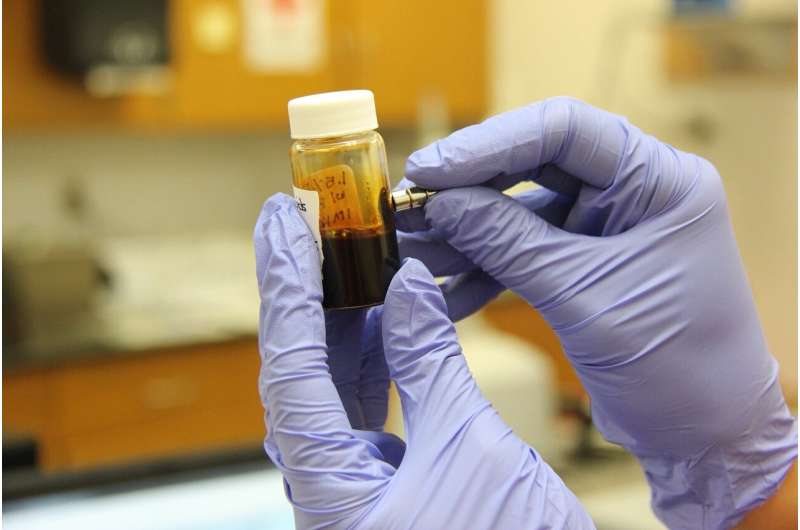

In a paper published today in the journal Science Translational Medicine, researchers at the Schroeder Arthritis Institute, part of University Health Network (UHN) in Toronto, have made a discovery that could lead to new treatments for axial spondyloarthritis (SpA), a painful and debilitating form of arthritis which affects 1-2% of Canadians and causes inflammation in the spine, joints, eyes, gut and skin.
“We currently have very few therapeutic options for the majority of patients living with SpA and this is a devastating disease that directly impacts quality of life,” says Dr. Nigil Haroon, a rheumatologist, Co-Director of the spondylitis program and senior author on the paper.
“Although several treatments including biologic drugs have been approved for SpA, 40-50 % of patients do not respond to any treatments and develop severe pain and abnormal new bone formation,” says Dr. Akihiro Nakamura, first author on the paper and a spondylitis fellow and Ph.D. candidate in Dr. Haroon’s lab. “So, there is a desperate need to find new treatments that are effective and cover all of the clinical symptoms of SpA.”
The study focuses on the role of the Macrophage migration inhibitory factor (MIF), which functions as a protein that induces an inflammatory or immune response in the body. Until now, the role that MIF plays in the disease progression of SpA was unknown.
In this study, researchers observed that the expression of MIF and its receptor CD74, is increased in the blood and tissues of pre-clinical models. They also found that human neutrophils (a type of white blood cell that induces the immune system’s response) from SpA patients secreted higher concentrations of MIF, compared to healthy individuals. This, in turn, drives other cells to cause more inflammation.
“What this means is that if the body has been exposed to a trigger, too much MIF could be produced in susceptible individuals that could then lead to a diagnosis of SpA later in life. If we can block the excess production of MIF early, we may be able to induce disease remission and prevent disability and mortality linked to SpA,” explains Dr. Haroon.
In a 2017 paper, the researchers found that the concentration or expression of MIF is substantially increased in the blood, joint fluids and gut tissues of SpA patients, compared to those of a different type of arthritis patients or healthy volunteers. In the same paper, they also demonstrated that MIF might be involved in promoting the development of new bone formation. These recent findings have helped to solidify those results and take our understanding of the role of MIF in SpA, further.
The specific blocker of MIF, called MIF098, successfully prevented and restricted the disease onset and development of SpA, in the pre-clinical model. The team will focus now on testing the potential of other therapies targeting MIF, which could lead to finding a novel treatment in SpA.
“Patients with SpA experience inflammation, pain, stiffness and over time, this can lead to spinal fusion and loss of mobility. But it’s not just the disease itself that these patients have to worry about,” says Dr. Haroon. “Compared to the general population, there is also a 60% increased chance of stroke, and a 30% increase that they may experience a cardiovascular event or a mental illness.”
For Dr. Nakamura, a clinician from Japan who came to the Schroeder Arthritis Institute to become a leading researcher in the area of inflammatory arthritis, these new findings are nothing short of ‘exciting.’
“In research, once we make a new discovery, that has the potential to help many more patients than I could in my clinic, back in Japan,” says Dr. Nakamura. “So that motivates me a lot.”
Researchers are next hoping to test the efficacy of MIF blockers in patients with SpA through clinical trials, where they would look to determine the optimal concentration and administration frequency of MIF-targeted drugs for humans, as well as study potential side effects, to ensure safety.
Source: Read Full Article